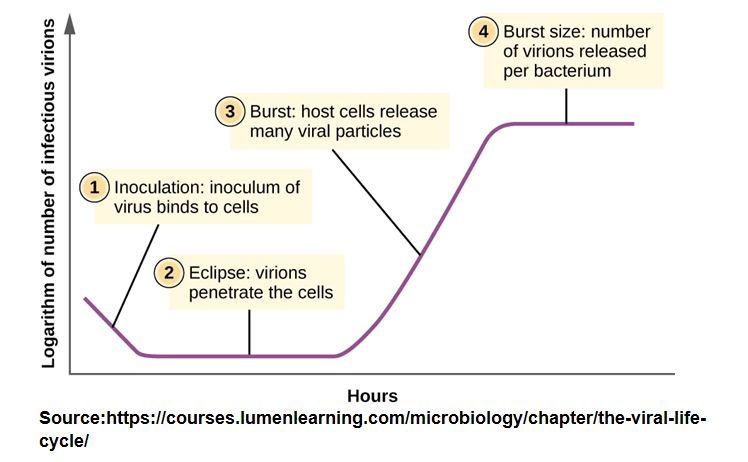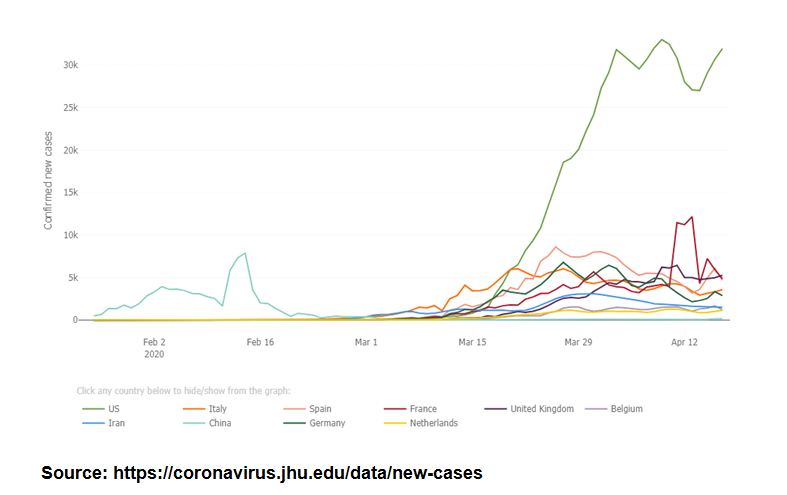- Aashish Dhakal and Rhythm Upreti
Coronavirus is the largest family of the viruses. Corona viruses are single stranded RNA of (positive sense) type having a helical nucleocapsid. Their name is based on the occurrence of distinctive club-shaped particles of glycoprotein that project from the surface of the envelope and which give the effect of a crown or corona. There are 4 main sub groups of coronavirus which are alpha, beta, gamma and delta. The first human coronavirus was identified in the mid 1960s. Some of the previously discovered virus of corona family are MERS-CoV beta CoV causing Middle East Respiratory Syndrome and SARS-CoV Beta CoV causing Severe Acute Respiratory Syndrome. In the present context, the novel coronavirus(nCoV) was first identified in the Chinese city of Wuhan which has become an emerging outbreak i.e. pandemic in nature across the globe.
Viruses are non-cellular infectious entities whose genomes are nucleic acid (either DNA or RNA) and can reproduces only in living cells. It uses the cells biosynthetic machinery to direct synthesis of a specialized particles which contain viral genome and transfer them efficiently. During reproduction in the host cells, viruses can cause disease. In fact, viruses incite the most common acute infectious disease in humans (like 'cold' or 'flu') and there is growing evidence that they may cause many chronic diseases as well. Viruses are insensitive to the antibodies such as Penicillin, Streptomycin and others (which are the sanative of bacterial infection) nor the available antiviral drugs in the market.
The rapid replication rate of COVID 19 is a major global concern for scientists who are trying to configure the vaccine for this outbreak. For the determination of the growth rate of a virus, there is a method called "one step growth curve" which is a classic technique to quantitate and monitor the growth of a virus in a specific host. The main objective of this experiment in the laboratory was to measure the time course of replication and yield of viruses per cell during a single round of infection. To replicate, a virus should induce its host to synthesize components that are necessary for the assembly of new virus particles.
The growth curve starts with a latent or eclipse period. The virus accomplishes this process by first attaching to the host (absorption) and then injecting its nucleic acid into the cell (injection). The viral nucleic acid can stay free in the cell and be replicated as such, or it can be incorporated into the host chromosome and be replicated simultaneously with it.The viral proteins are next synthesized with the host's machinery under the direction of viral nucleic acid. It is followed by the next phase which is called maturation or released stage. The new virus particles are assembled mechanically. These particles can find their way out of the cell or lyse the cell and be released into the medium and ready to infect new host cells. In this manner, the shape of the curve would look step-wise and that's why the process is called " one -step growth curve". The figure of a one- step growth curve is illustrated below.

If we take statistical reports of COVID-19 cases across the globe like Italy, USA, India, the growth curve of the virus is in a rising period but there is possibility of stagnant period in these affected nations. During the rising period, these powerful nations are losing manpower and heading towards slow development. If we look at China now, there is a stagnant graph of viral growth due to public and government efforts for fighting back this pandemic. It is very essential that scientists, medical and health professionals should study the growth curve of virus in a systematic and scientific way as it can lead us to better approach for the treatment of COVID-19.

The cluster of cases of pneumonia in the Huanan Seafood Wholesale Market was reported on December 31,2019 from Wuhan, China. On January 7, 2020 the health authority of China confirmed that the cases were associated with the novel coronavirus COVID-19. Due to person to person transmission of COVID-19 , 9976 cases were confirmed from 21 countries on January 30,2020. Similarly, the first case in the US was reported on January 20,2020 according to The New England Journal of Medicine. From the graph, we can see the doubling rate of cases of COVID-19 in different countries. Taking the data of the US as a standard value, we can relate the concept of one step growth curve with the number of cases confirmed. From the date of the first case confirmed, the country has reported 738,923 cases and 39,015 deaths with 68,285 recovered as of April 19,2020. This shows that the people infected are doubled every hour, every day and every week as the virus is on the rising period of the growth curve.
In the present context of our country ,Nepal stands in the initial part of the latent period where the host cells do not contain any complete infectious virions. This suggests that an increasing number of infectious virions are present in a person which are currently at asymptomatic stage under the ongoing remainder of the latent period. It has increased the curiosity level among the public as there is no any death case in context of COVID-19 infectants here in Nepal. This explains that viruses are not multiplied as its growth curve signifies. All the preventive measures , test equipment and techniques have been playing an effective role to limit the growth rate of the curve. Does this mean we have won the battle of the COVID-19 outbreak in Nepal? The answer is No. There are still possible chances that can lead to the increment in the replication of virus with the availability of host cells. So, it is very much essential to follow the safety measures prescribed by the professionals and stakeholders. One step growth curve is not only useful to understand the growth of viruses but also helps to prepare the nation and understand its situation in the crisis.
In this situation, it is essential for Nepalese public and government to keep calm and learn from the ongoing situations of various nations affected by COVID-19. It's time for us to utilize our scientific mindset by following and maintaining all the core measures of declining the curve of the virus. There is still a chance to save thousands of lives. Health is more important than any other necessities needed at this crucial period. This virus will stop only after taking its course, the length and severity of which will be determined by our action by adapting lockdown and sanitary measures.
-(Aashish Dhakal and Rhythm Upreti are currently pursuing Bachelor’s Of Science in Microbiology( BSc 2nd Year) from St. Xavier’s College, Maitighar, Kathmandu).



